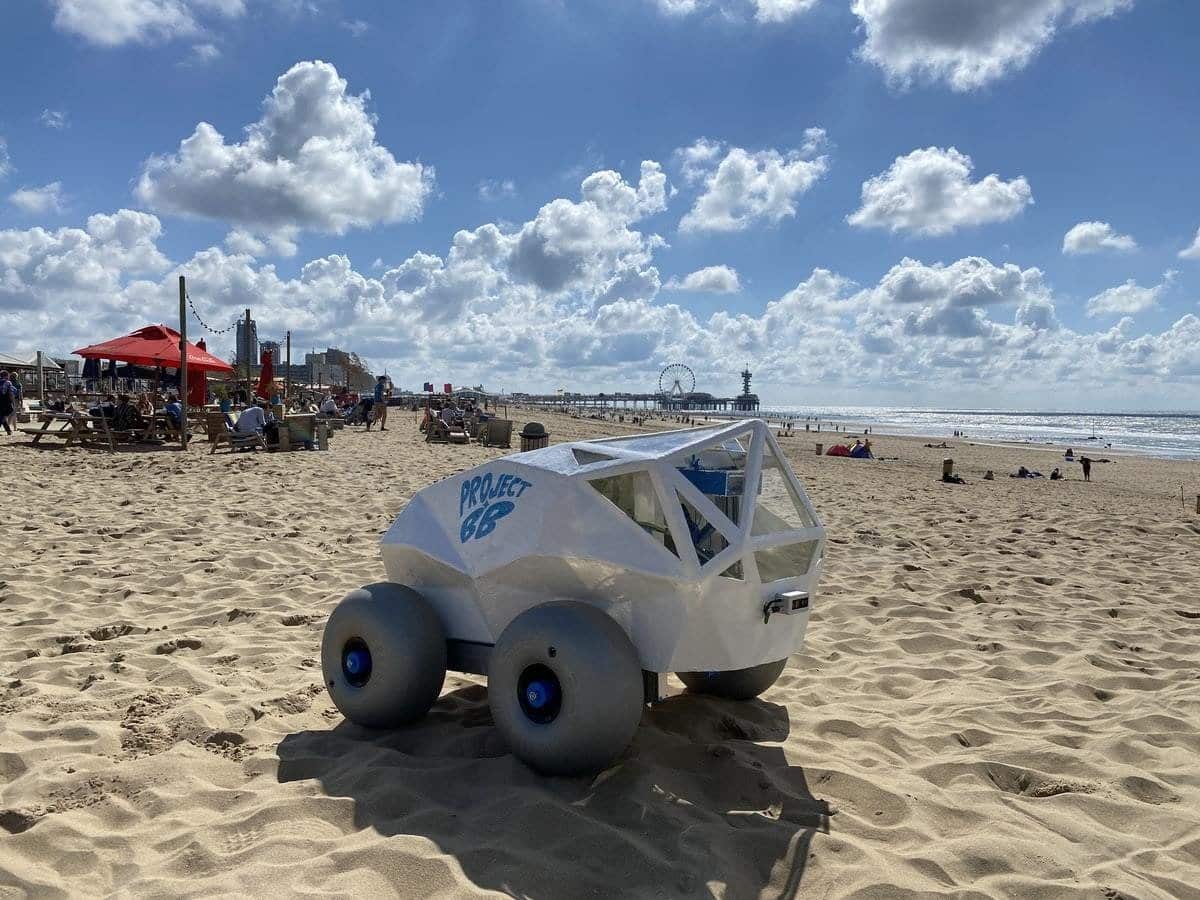We are in 2022 and we still have to deal with people who leave everything lying around: in the summer the worst scenes, obviously, are on the beaches. The continued presence of waste on beaches damages coastal environments and wildlife. Does it need to be said? Well yes.
Do we want to talk about the worst exponent of the "defacing beaches" category? Cigarette butts. They may only be a few centimeters long, but they are full of microplastics and toxic chemicals that harm the marine environment (read this research on the topic). They do not decompose easily and, in contact with water, can release harmful substances.
Unfortunately, they are also the most waste left at the beach (where people use the sand as ashtrays). Another search, this, estimates a whopping 4,5 trillion cigarette butts thrown away every year.
Hunting for garbage
Two Dutch entrepreneurs are trying to solve part of the problem using a robot equipped with artificial intelligence. Is called BeachBot, and is able to identify and remove small debris from beaches thanks to image recognition. In short: analyze the photos he takes to find the butts in the sand and remove them.
Not only that: when it cannot accurately identify a butt, BeachBot takes an image which it submits to humans through its smartphone app. In this way is being trained to recognize waste more and more.
The robot has already been in action on a number of beaches in the Netherlands, helping with cleaning projects. We talked about it just a year ago.
Today the two Dutch designers “fathers” of BeachBot are working on a new project: a surveying robot called MAPP. They will be deployed in a network to also go out from the beaches and map the waste to collect it, collaborating with each other and learning how to form an intelligent network.

Far beyond the beaches
Marine litter is a catastrophe for animals, which can become entangled or ingested, resulting in injuries, drowning or suffocation. Litter also impacts coastal communities that rely on clean beaches for tourism, fishing and recreation.
Our oceans cover 70% of the world's surface and represent 80% of the planet's biodiversity. We cannot have a healthy future without healthy oceans. And combating serious threats to our oceans requires uniting leaders across all sectors, from business to government to academia.
A gigantic undertaking that can start from a small step. Even robotic, if necessary.


